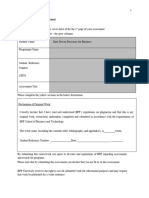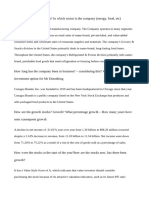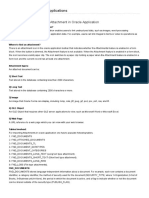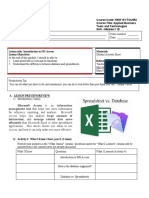0% found this document useful (0 votes)
3K views27 pagesData Analysis Report
The document analyzes sales data from ABC Company to understand sales trends. It describes extracting, transforming, and loading the data. Key analyses include monthly sales and profits by category, segment distributions, and sales throughout the year. Visualizations include bar graphs, pie charts, and line graphs. The goal is to inform business decisions by understanding factors that influence sales.
Uploaded by
cracking khalifCopyright
© © All Rights Reserved
We take content rights seriously. If you suspect this is your content, claim it here.
Available Formats
Download as DOCX, PDF, TXT or read online on Scribd
0% found this document useful (0 votes)
3K views27 pagesData Analysis Report
The document analyzes sales data from ABC Company to understand sales trends. It describes extracting, transforming, and loading the data. Key analyses include monthly sales and profits by category, segment distributions, and sales throughout the year. Visualizations include bar graphs, pie charts, and line graphs. The goal is to inform business decisions by understanding factors that influence sales.
Uploaded by
cracking khalifCopyright
© © All Rights Reserved
We take content rights seriously. If you suspect this is your content, claim it here.
Available Formats
Download as DOCX, PDF, TXT or read online on Scribd
/ 27







































































































